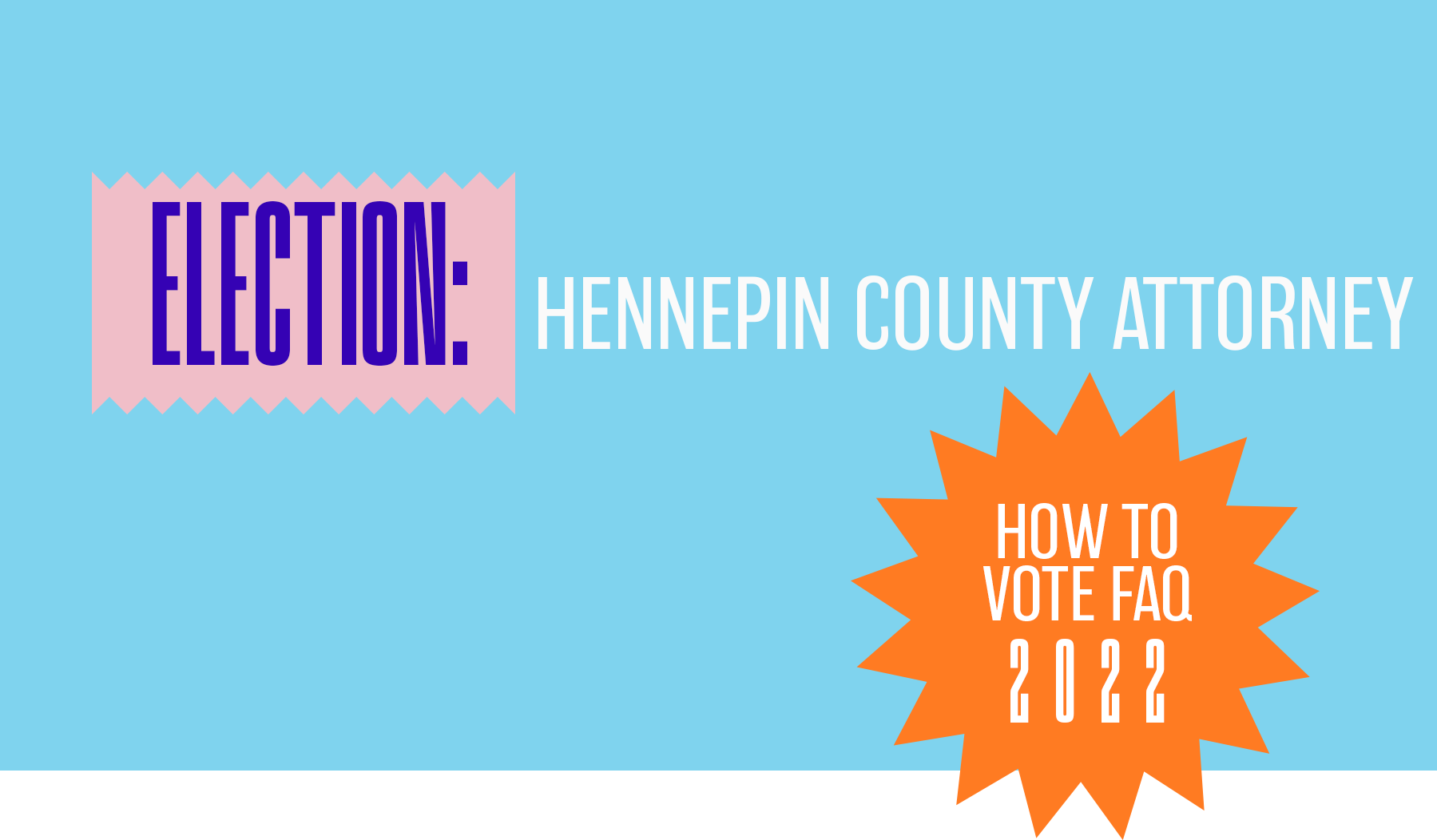

Minnesota voters will have the opportunity to vote during the primary elections on August 9 from 7 a.m. to 8 p.m. Here’s what you need to know before heading to the polls.
![]()
Find out where you’re voting
Voters can register to vote and submit ballots at the polling place assigned to their address. You can find your local polling place by looking up your address here.
By looking up your address, you can also find out what districts you live in. That way, you can look up who represents your district in Congress, the state legislature, the judicial system, as well as local offices in your city and county. Just click “list of candidates,” to see who is running to represent you.
Know your rights
You have the right to:
Register to vote
You can check to see if you’re registered to vote here. If you moved recently, you may have to register to vote under your current address.
You can register to vote online or at the polls on the day of elections. You’ll need to bring proof of residence—and there are lots of ways to prove your residence. You can check the full list here.
Absentee voting
Absentee voting refers to the process of voting early by mail. First, you’ll have to apply for a mail-in ballot. Submit your application to your county elections office by mail, fax, or email.
Once you receive your mail-in ballot, you’ll have to return the completed ballot by August 8 or it will not be counted. If you’re dropping the ballot off, you must return it no later than 3 p.m. on election day to the election office that sent your ballot. You can drop off ballots for up to three voters, and you will have to provide identification and a signature if you’re returning a ballot for someone else.
Minneapolis residents can bring absentee ballots to the early voting center, 980 E. Hennepin Ave., before 3 p.m. Don’t bring your completed absentee ballot to your polling place.
You can track the status of your ballot here.
Request an interpreter
If you’re having trouble navigating the voting process in English, you have the right to ask for an interpreter at your polling location. Ask the election judge at your polling place for an interpreter. Some multilingual election judges may be able to help, but every election judge can call an interpreter that speaks your native language through a phone line if needed.
Some polling places in Minneapolis receive written materials to help voters in other languages, too. For example, the Brian Coyle Center in the Cedar–Riverside neighborhood offers written voting directions in Somali to serve the neighborhood’s large Somali population.